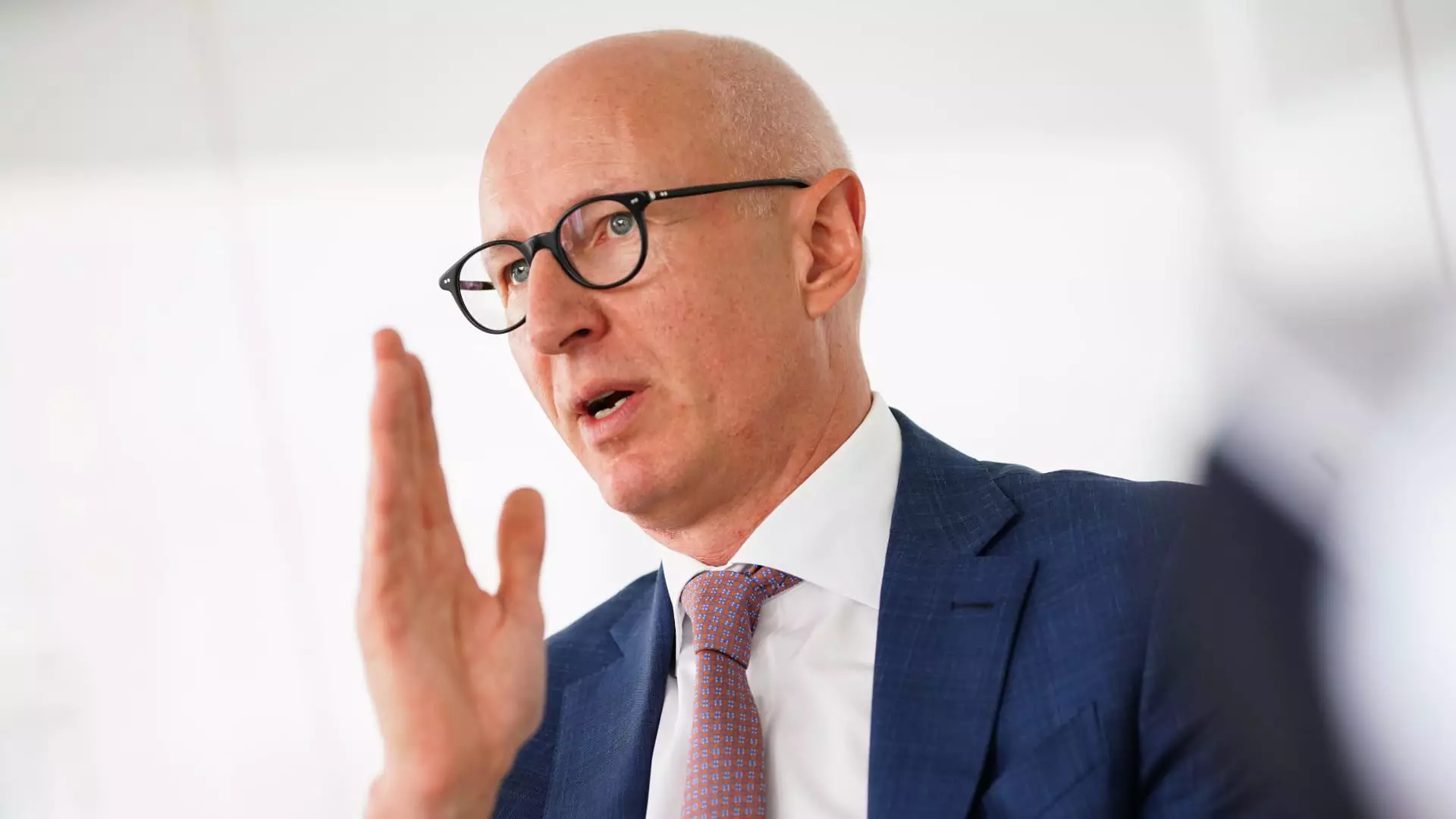The ongoing dialogue surrounding pharmaceutical pricing has come to a head with Novo Nordisk’s CEO Lars Fruergaard Jørgensen facing a Senate committee to discuss the skyrocketing costs of essential medications, particularly the weight loss drug Wegovy and the diabetes treatment Ozempic. This Senate hearing, convened by the Health, Education, Labor, and Pensions Committee, encapsulates a critical moment in healthcare policy, spotlighting the broader issue of drug affordability and access in the United States.
The glaring price differential between prescription drugs in the United States and those in other countries has come sharply into focus. Jørgensen’s testimony follows an investigation launched by Senator Bernie Sanders, who has long criticized Novo Nordisk for marketing its medications at exorbitant prices in the U.S. market. For context, Ozempic is priced at almost $969 monthly and Wegovy hits nearly $1,350, while these same drugs can be obtained for under $100 in several European nations. This stark contrast invites grave questions about market fairness and the ethical dimensions of pharmaceutical pricing.
Critics argue that these high costs not only burden consumers but also pose a potential threat to the U.S. healthcare system as demand escalates. Valuable insights from Sanders were further supported by claims from generic drug company executives who indicated they could produce Ozempic at a significantly lower price point—under $100 a month—while still turning a profit. The absence of comparable generics in the U.S. accentuates concerns regarding market monopolization and the lack of competitive pricing.
Underlining the severity of this issue is the startling statistic from the Senate Health Committee, predicting that facilitating widespread access to Novo Nordisk and Eli Lilly’s weight loss drugs could burden the U.S. economy with an annual cost of $411 billion. This figure is more than what American consumers spent on all prescription drugs in the previous year, signifying that unchecked drug pricing could potentially destabilize the healthcare framework.
With Medicare reportedly shelling out $4.6 billion on Ozempic alone in 2022, the implications of soaring medication prices cannot be overstated. Health insurers have effectively imposed strict requirements to counteract expenses related to weight loss drugs, often resulting in the exclusion of these treatments from coverage altogether. The disparity between coverage for diabetes treatments versus weight loss underscores an inconsistency in how health plans prioritize various health issues.
Efforts by the Biden administration and lawmakers of varying political affiliations to curtail healthcare costs underscore the urgency of resolving this crisis. With Americans paying two to three times what patients in other developed nations pay for prescription medications, the present situation is untenable. The Senate hearing highlights the growing discontent with the pharmaceutical industry’s pricing strategies and opens the door for potential reforms.
A prospective solution may lie in the forthcoming price negotiations mandated by President Biden’s Inflation Reduction Act. Speculation is rife that Ozempic may enter this negotiation process in 2025, with actual prices potentially adjusting in 2027. This impending development holds the promise of making medications more affordable, particularly for seniors who traditionally bear the brunt of exorbitant healthcare costs.
The Senate hearing involving Novo Nordisk’s CEO represents a critical confrontation regarding pharmaceutical pricing structures. The evidence suggests a profound need for systemic reform aimed at balancing innovation with affordability. As healthcare stakeholders grapple with the rising tide of medication costs, the focus must shift toward ensuring that life-saving treatments remain accessible to those who need them most. The future of both public health and the integrity of the U.S. healthcare system hinges on our collective response to these pressing challenges.
With transparency and collaborative policymaking, there exists a potential pathway toward normalizing drug prices in a way that honors both the necessity of medical advancement and the economic realities faced by patients everywhere.

